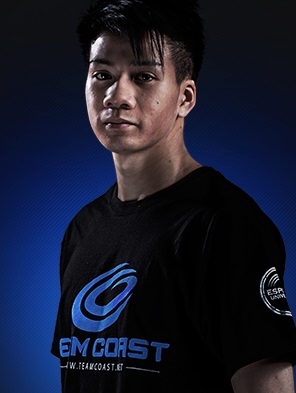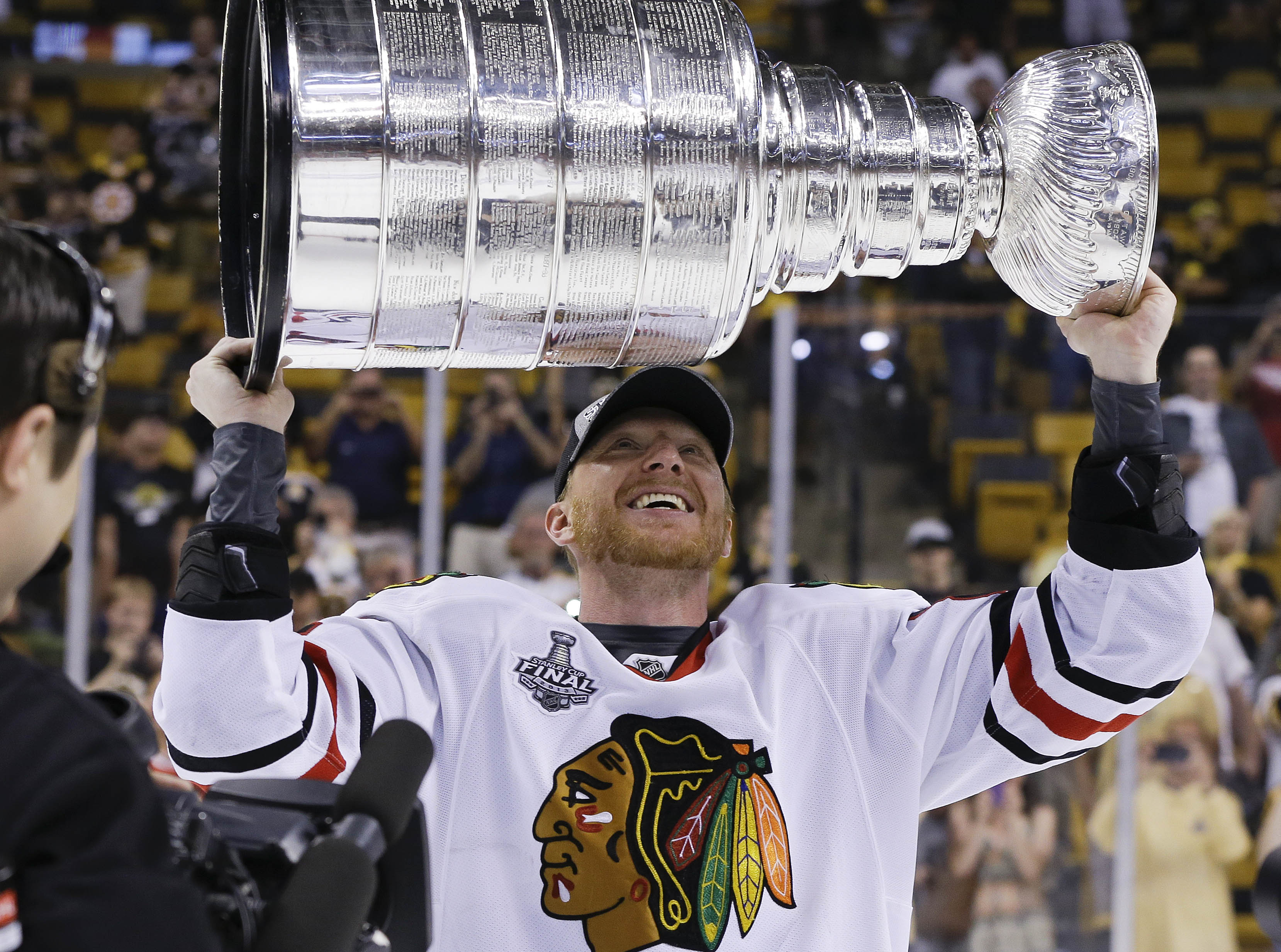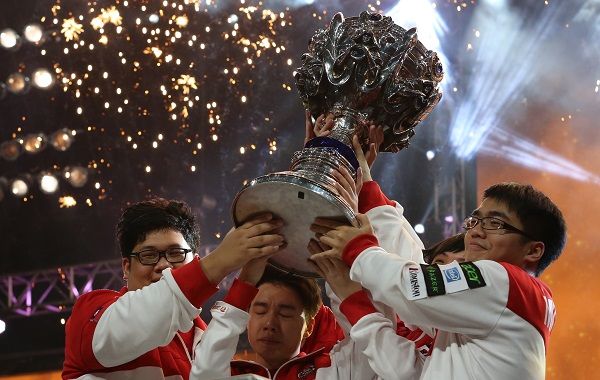On July 11th, League of Legends players were in for a celebration. In an interview with Gamespot, Riot eSports manager Nick Allen revealed that after a lengthy process of negotiation, League of Legends professional players have been recognized by the US government as professional athletes, allowing them to work in the US under that title. A day later, renowned League of Legends caster Leigh “Deman” Smith further blew out the news and in the blink of an eye, the community was ecstatic. eSports have been struggling for any kind of official recognition so “groundbreaking” was often used to describe the achievement.
Another announcement you all maybe missed. The US Governement recognises the #LCS as a Sport on par with NBA,NFL,NHL so pro's get visas now
— Leigh Smith (@RiotDeman) July 12, 2013
?Of course, although such a recognition by itself is a significant leap forward, its immediate effect is of equal importance. The world of eSports is certainly no stranger to situations where players would miss an important tournament because of visa issues. Contenders would even be unable to make use of their rightfully earned place and be robbed of the opportunity to compete for a sustainable sum of money in

Danny "Shiphtur" Le
Despite the benefits for the game and eSports general, a large part of the gaming community couldn’t stay clear-headed. Reddit was plagued by threads talking bribery of governmental employees, as well as posts complaining how a less competitive game compared to other leading eSports could be the first to take this step and many failed to understand what really went down.
We can start here and talk about what the recognition was not about. It was not about the skill level or the nature of the eSport. The mere notion that government representatives play and assess the game in question before passing judgment is moronic, because being tagged as a professional athlete has little to do with how you practice your sport. As much as it’ll hurt eSports elitists, the depth of a game will never influence a decision as important as this one.
The recognition was also not about the money, at least not in the way people imagined, i.e. “I pay you to legitimize me”. Funds were a factor in the way they were put to use in the competitive environment. This is where League of Legends leaves other eSports trailing: When you can prove that every competitor in your league is on a fixed salary in the way regular athletes are, it speaks of professionalism in the most fundamental sense of the word. This is also where viewership metrics come in. They showcase a stable relationship between said salaried players and the viewership and attention they draw on a regular basis, and sketch the picture of a sustainable and unified business model.
It is the tournament unification which makes Riot’s biggest point, though. Introduced at the start of season three, the binding of the five major regions to a single brand of competition brought League of Legends closer to real sports than any other discipline has ever been. A distinct line was drawn between amateur and professional teams, providing established rules for how the former can become the latter. In addition, every professional team knows at any point of time its standings within its region, always conscious of what needs to be done to reach the end of the line, the closing global event which unequivocally crowns a world champion. If it sounds familiar it’s because it is – it’s an experience similar, if not identical, to what hockey teams go through before raising the Stanley Cup.

Marian Hossa (Slovakia) celebrates with the 2013 Stanley Cup after Blackhawks victory over the Bruins (AP / Elise Amendola)
?
This is where we point out how most of the other eSports lack that “like a real sport” vibe and are little more than a soup of independent tournaments with little to no correlation to each other. Regardless of how exciting and unique these tournaments might be, they will never make a strong point before governmental bodies. A beautiful chaos is still chaos and is not something you can present when striving for eligibility for a P-1 classification as described at the U.S. Immigration Services’ website.
There are, of course, a few notable exceptions to the open market rule. In South Korea, KeSPA’s unifying power led to the legitimacy of eSports and particularly BroodWar but KeSPA’s goal was primarily to manage the scene on local soil and they didn’t have to deal with a globally spread competition. Nowadays, there’s Blizzard’s approach to the revamped WCS system, which opted to bring similar unification to StarCraft 2 by borrowing from the LCS model. Ironically, it only pointed out all the pitfalls in such an endeavor. Although the controversy around WCS rules and the flaws in their execution chipped away at the circuit’s credibility, it doesn’t end with that. The very format of the circuit featuring constant shuffling of players, although fundamentally entertaining through its fast pace and otherwise league’s biggest asset, makes it very hard to pinpoint a stable pool of professional players and even identify who the “professional players” really are.
So what do StarCraft 2 and all the other eSports need to do to follow in LoL’s footsteps? From the viewpoint of this author, step one should be creating and perfecting a unified system of worldwide competition. Despite all its benefits mentioned above, the open market of tournament brands is likely eSports’ own worst enemy in the pursuit of official recognition.
Step two is establishing a “flattened” competitive experience throughout the year. Viewership number fluctuations (especially extreme ones) must be avoided as much as possible and the same goes for the periods of prize pool “feast or famine”. The latter is a characteristic of eSports which though being gradually improved in the major titles – Dota 2 fans will remember the grotesquely uneven prize distribution in 2012 compared to 2013 - remains a persistent problem. It must be uprooted before a discipline can argue that there’s more consistency to it than a few days of prize pool and viewership abnormalities a year.
Ultimately, the ball is in the developers’ court. It is up to them to become the governing bodies of the competition within their own product. There are working models in regular and electronic sports alike which audibly communicate what the end product must look like, and there is no reason why games striving for official recognition should not attempt at imitating them. In the end, we must remember this recognition has nothing to do with the nature of the game. League of Legends was recognized as sport simply because it behaves as one.

